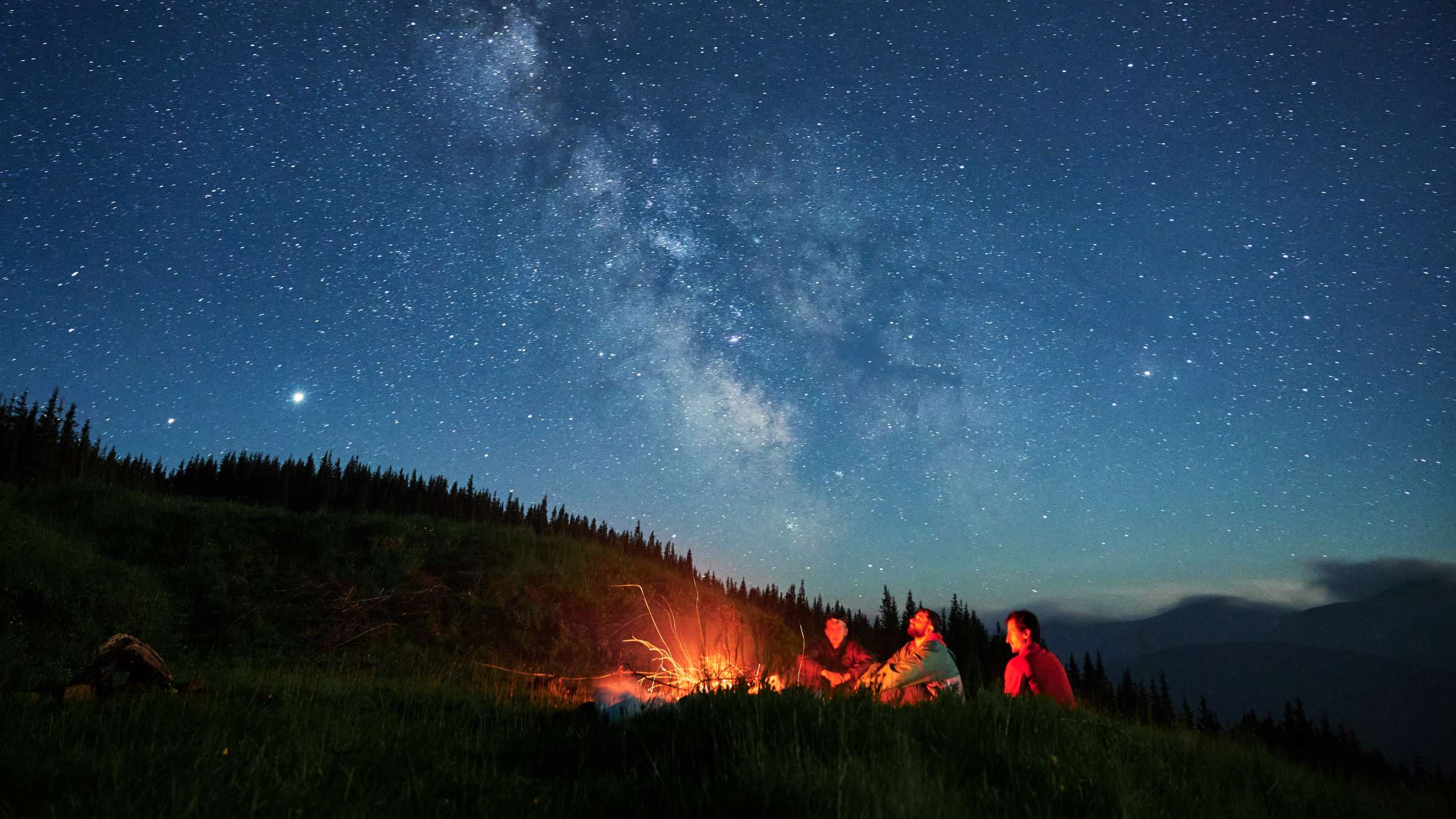
Toasting marshmallows around a campfire is a quintessential summertime activity in the United States. Unfortunately, this is also the time when hospital burn units get a lot busier, including at The Ohio State University Wexner Medical Center.
What to burn and what not to burn
The safest strategy is a slow burn. Use materials like wood, paper, cardboard and other fire-starting products available at your local hardware store.
Never use flammable liquids like gasoline, acetone or alcohol to light a fire. Flammable liquids are dangerous because the vapors they produce can also ignite. If you can’t see the vapor or understand where it is, then you run the risk of accidentally sparking an out-of-control fire.
I also advise against using compressed gas. Items like gas canisters, propane tanks and spray paint cans have the potential to rapidly expand and explode. Even if the gas itself is not explosive, the heat from the campfire can cause the container to expand, combust, and throw shrapnel.
Don’t inhale the smoke
Once you have the fire going, be mindful about what’s put into it. Depending on what you’re burning, the smoke can be even more harmful than the flames.
Never burn synthetic materials like plastics, ceramics and polyester fabrics. Synthetic materials are made in labs or factories via a chemical reaction process. When burned, they will emit harmful byproducts in the smoke. These items are better left in the trash or taken to a proper incinerator.
Even when burning organic items like wood, it’s still not a good idea to inhale the smoke. The smoke from a campfire contains microscopic particles that can damage your lungs. Be mindful of which direction the wind is pushing the smoke, and don’t sit there.
Be aware of your surroundings
Where you start your fire is just as important as how you do it. Pay attention to your surroundings. For example, don’t start a campfire underneath or near a tree with dead leaves, or in an area with tall grass. Your flames could spread and start a wildfire.
Stay far away from any structures that could catch fire, as well. The National Fire Protection Association recommends keeping fire pits and campfires at least 25 feet away from buildings.
Surround your campfire with non-flammable items like rocks. This is a smart precaution because if embers shoot off from the main fire, you want a barrier that won’t catch flame.
Fire shouldn’t be your primary source of warmth
From a wilderness survival standpoint, my advice is to never rely on fire as your primary source of heat. When you’re going camping, be sure to pack the right equipment.
Invest in warm clothing, a high-quality sleeping bag and a reliable tent. That way, if conditions aren’t amenable to having a campfire, you’ll still be warm enough without it.
Never leave the campfire unattended. Unless someone is staying awake to watch the fire, it should be put out before everyone goes to sleep.
Don’t get too close to a campfire
Use long-handled tools when you’re cooking over the campfire. Avoid catching clothing on fire by wearing short sleeves.
If you can feel the heat from the flames without getting uncomfortably warm, then you’re close enough. Be extra careful if you’re intoxicated. Alcohol and drugs can impair your ability to sense heat.
I also recommend extra caution if you have a medical condition that has caused neuropathy, which means your nerves aren’t working as they should. You may inadvertently burn yourself if you can’t feel the heat. Diabetes is a common condition that can cause neuropathy.
What to do if you’re burned
If a fire is spreading uncontrollably, don’t risk your life by trying to fight it. Get to a safe place and call for help.
When you’ve burned yourself over a contained fire, put clean water and a wet dressing over top of the burn. This will provide cooling relief and temporarily protect the skin.
More on how to treat burns yourself
Seek medical treatment immediately. If you’re camping somewhere in close proximity to your car and have cellphone service, those tools will be more useful than anything in the first aid kit. Unless you’re a medical professional with the right equipment handy, don’t put anything else on a burn.
As a camping enthusiast myself, I know campfires can be a lot of fun. It’s just a matter of taking the necessary steps to ensure they’re safe.

Ohio State’s Comprehensive Burn Center is the only ABA-verified adult burn center in central Ohio
Learn more about our excellent burn treatment and rehabilitation options.
Learn More




